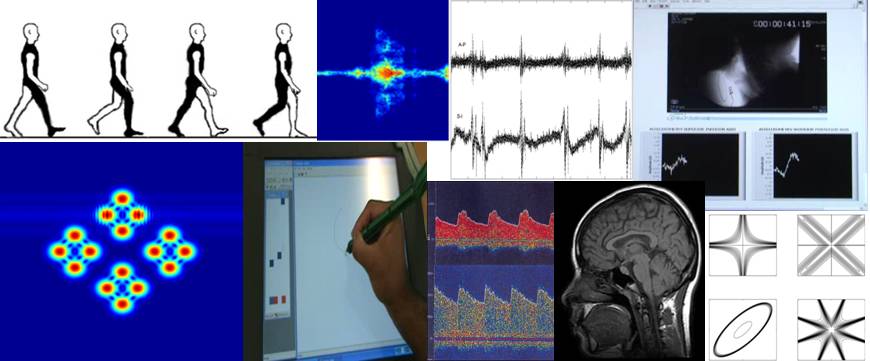Rationale, development, and implementation of the electrocardiographic methods for the prehospital identification of non-ST elevation myocardial infarction events (EMPIRE)
September 24, 2015
Background
The serum rise of cardiac troponin remains the gold standard for diagnosing non-ST elevation (NSTE) myocardial infarction (MI) despite its delayed response. Novel methods for real-time detection of NSTEMI would result in more immediate initiation of definitive medical therapy and faster transport to facilities that can provide specialized cardiac care.
Methods
EMPIRE is an ongoing prospective, observational cohort study designed to quantify the magnitude of ischemia-induced repolarization dispersion for the early detection of NSTEMI. In this ongoing study, prehospital ECG data is gathered from patients who call 9-1-1 with a chief complaint of non-traumatic chest pain. This data is then analyzed using the principal component analysis (PCA) technique of 12-lead ECGs to fully characterize the spatial and temporal qualities of STT waveforms.
Results
Between May and December of 2013, Pittsburgh EMS obtained and transmitted 351 prehospital ECGs of the 1149 patients with chest pain-related emergency dispatches transported to participating hospitals. After excluding those with poor ECG signal (n = 40, 11%) and those with pacing or LBBB (n = 50, 14%), there were 261 eligible patients (age 57 ± 16 years, 45% female, 45% Black). In this preliminary sample, there were 19 STEMI (7%) and 33 NSTEMI (12%). More than 50% of those with infarction (STEMI or NSTEMI) had initially negative troponin values upon presentation. We present ECG data of such NSTEMI case that was identified correctly using our methods.
Conclusions
Concrete ECG algorithms that can quantify NSTE ischemia and allow differential treatment based on such ECG changes could have an immediate clinical impact on patient outcomes. We describe the rationale, development, design, and potential usefulness of the EMPIRE study. The findings may provide insights that can influence guidelines revisions and improve public health.
This material is presented to ensure timely dissemination of scholarly and technical work. Copyright and all rights therein are retained by authors or by other copyright holders. All persons copying this information are expected to adhere to the terms and constraints invoked by each author’s copyright. In most cases, these works may not be reposted without the explicit permission of the copyright holder.



